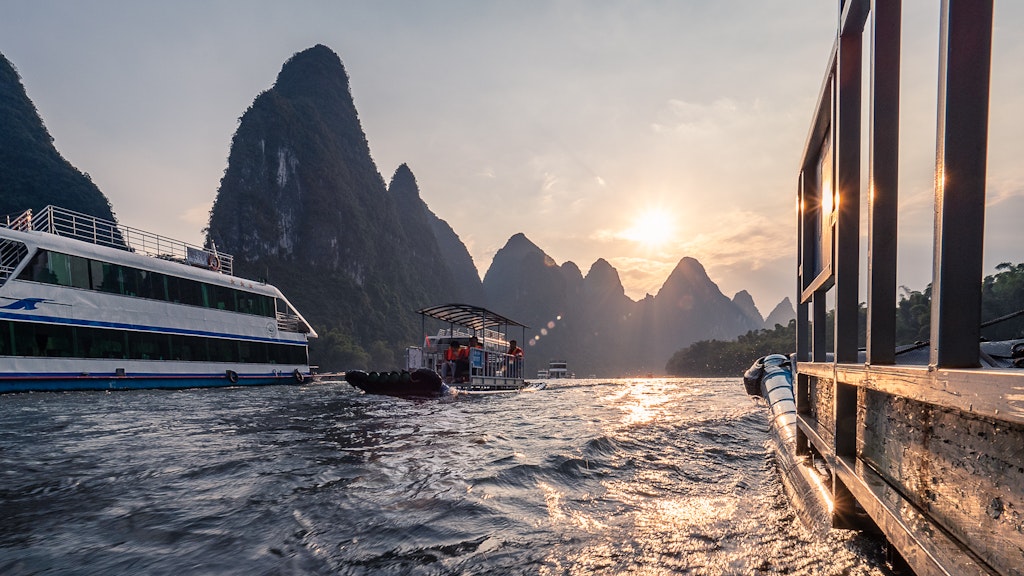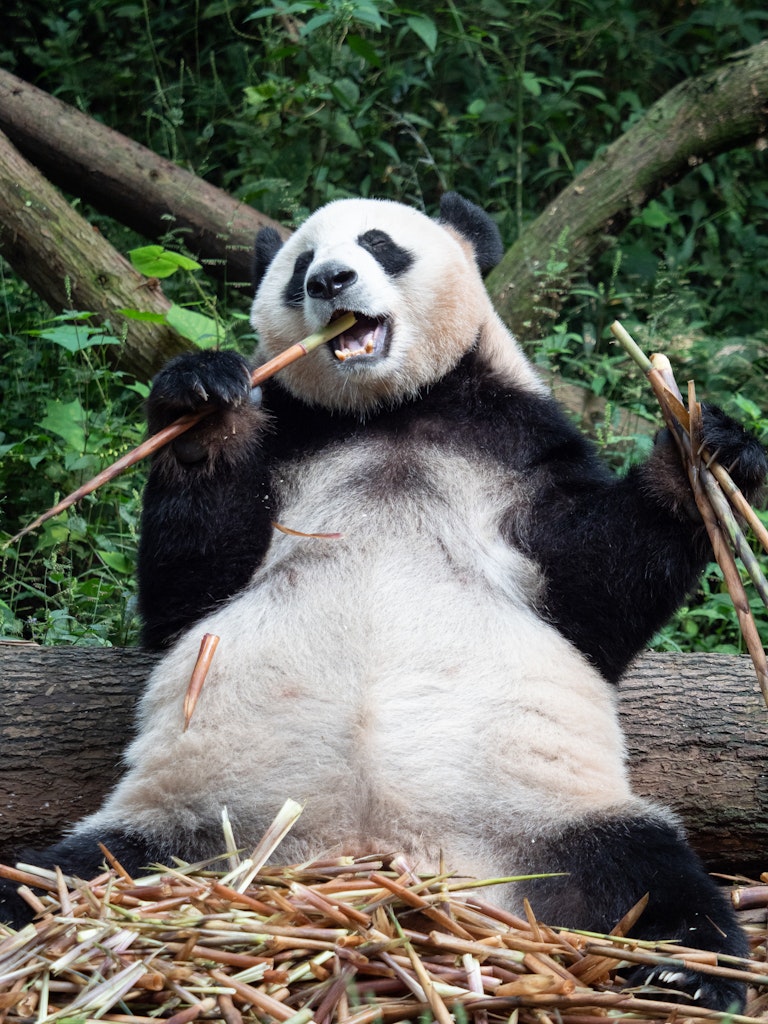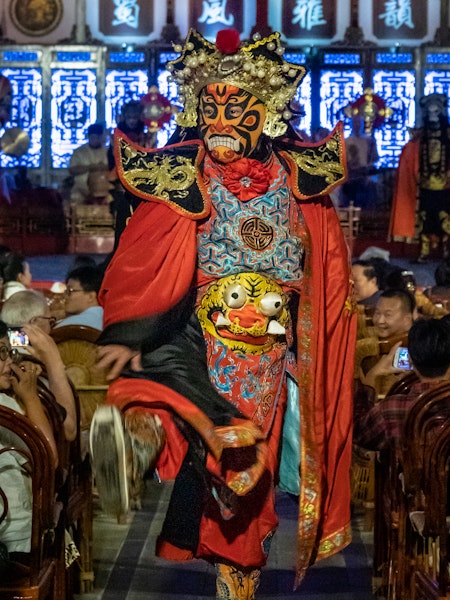In September 2019 I had the opportunity to travel to Hong Kong and Southern China on a study tour with Photography Studies College. The tour was led by world renowned photographer Michael Coyne, and organised by Andrew Denishensky from Travel Counsellors.
Due to the unrest in Hong Kong, I was very nervous in the weeks leading up to the trip that it would be cancelled or diverted. In recent years I have really learnt to love Hong Kong and it's clash of old and new cultures.
Luckily the tour went ahead. It will be interesting to see where the current clash of cultures lands, and I wish the people of the city good luck for a peaceful and prosperous solution.


Our tour started with a night in Hong Kong, then we set off for Southern China for Guilin, the Li River, the Longshen Rice Terraces and Chengdu. Having been to Shanghai and Beijing, I was so excited to see some of the countryside of China.






Our first morning in Hong Kong was spent at the abandoned island village of Ma-Wan. Ma Wan was abandoned over 15 years ago as residents were resettled during the construction of a major bridge to Hong Kong airport. Various redevelopments never eventuated, and the site has now been acquired by the Government. Hong Kong Polytechnic is working with the Eco-Acupunture group to develop an inclusive & sustainable approach to the long term redevelopment of the area. We were invited to capture the village before the project gets underway, with our images to potentially be used in exhibitions about the village.
Look out for a blog soon with images from this visit, which was one of my highlights of the trip.




We travelled to China via bullet train, which was just as smooth and pleasant as the Shinkansen in Japan. Our first stop was Guilin, which is a very popular tourist area for the Chinese, with countless glorious mountains, the Li River and it's Comorant Fishermen.
The Li River was glorious at sunset, with the sun dipping in between the mountain peaks. It was somewhat spoilt by a constant stream of river cruise boats, and our authentic bamboo raft was made of fibreglass with an outboard motor and garden bench to sit on!!


The cormorant fishermen were really a tour highlight. I have seen them in many breathtaking images over the years, with captions about the dying art of the last surviving fishermen.
These guys are available to be booked by the hour at sunset and sunrise. I think their living comes exclusively from tourists!! Still, our fisherman was such a great guy. He knew all the poses, kept rotating through them and pausing to let us shoot in the low light. He had his birds trained to raise their wings at the high time, and he had all the net throwing and paddle splashing actions down pat! I'm sure he was an actor in his youth :) We had heaps of fun, and got some GREAT shots.
Never let the truth get in the way of a good story!!








After Guilin and the Li River we travelled by coach to one of the most picturesque places I have been in my life - the Longshen Rice Terraces. Simply breathtaking!
We stayed in Ping'An village in the middle of one of the rice fields for a couple of nights, which was a 40 minute hike up steep hills. A 5 minute walk and we were in the middle of the rice fields. Perfect for 5am starts to shoot the sunrise! Again, this was a bit of a tourist village, but it was quite small and intimate, didn't have a huge amount of tourists staying, and I thoroughly enjoyed it! I could have stayed an extra few days here.






After our stay in Longshen, we flew to another super popular tourist city, Chengdu to see Pandas and experience Chnese Opera. From there we had another stop planned to Danba, which is a town near the Tibetan border, but heavy rain meant the the tunnels through the mountains were closed, and the trip time extended from 3 hours to 9 hours each way! Cancelled! So we spent a few extra days in Chengdu.
We arrived at the Chengdu Panda Research Centre early in the morning, near opening time. This is important as the Pandas eat early and after a BUSY morning eating bamboo, they basically walk a few feet a roll over fast asleep. Such a hard life! When our coach pulled into the parking lot, it seemed like there were hundreds of other coaches, and thousands of tourists making their way in. Our first sight in the was the Panda in the centre below chowing down on his bamboo with hundreds of tourists lined up firing off thousands of shots. It was like he was on his couch watching Netflix (us)!








Our other main stop in Chengdu was to see traditional Chinese Opera. The Opera is quite different to anything I've seen in Australia! It was much more informal, made up of lots of different acts and talents, and culminated in the famous 'face changing' act, which was pretty amazing. The actors had coloured masks that would change colour in a split second during a dramatic flourish or turn. We also had the chance to photography the actors while they were putting on their costumes and make up which was a pretty amazing experience.








After Chengdu we returned to Hong Kong for a night, when we had a final dinner to wrap up the tour before we all went our separate ways.
This was the first time I've been on a photography tour (actually ANY organised tour) overseas, and it was such a fabulous experience. The majority of the group were from my school, but there were also a couple of photographers from outside the school who were also part of the tour. It was such a great, intensive opportunity to spend time with other amazing photographers and learn from Michael Coyne, a master of the craft.
Seeing the images that everyone produced, and how we all focused on different things, shot differently, and produced such different images was pretty awesome.
I'm so happy that we got to see parts of China that I would most likely never have seen before.
I can't wait for another chance to go on another trip like this (but I may need to set up a go-fund me account!!!!).






My last night in HK : an hour hike up to Lion Head Rock. Exhausting, but so worth it.






